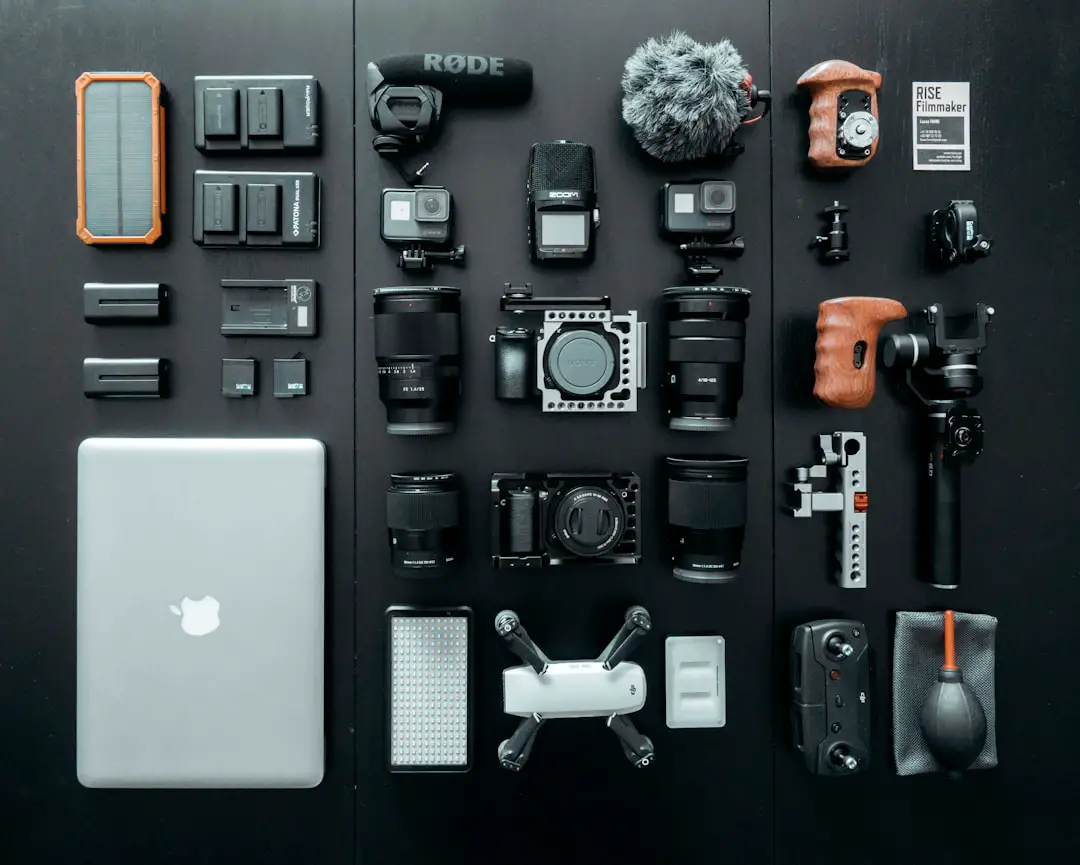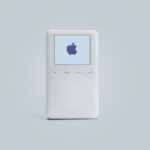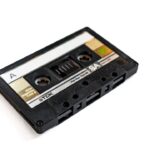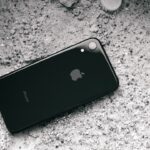The term milliampere-hour, abbreviated as mAh, is a unit of measurement that quantifies electric charge over time. It is commonly used to describe the capacity of batteries, indicating how much energy a battery can store and subsequently deliver. Essentially, the higher the mAh rating, the more energy the battery can hold, which translates to longer usage times for devices before needing a recharge.
For instance, a battery rated at 2000 mAh can theoretically provide 2000 milliamperes of current for one hour, or 1000 milliamperes for two hours, and so forth. This metric is crucial for consumers who want to understand how long their devices will last on a single charge. In practical terms, mAh helps users gauge the performance of their devices.
For smartphones, tablets, and other portable electronics, knowing the mAh rating can assist in making informed decisions about battery life and charging habits. For example, if a smartphone has a battery capacity of 3000 mAh and consumes an average of 500 mA during regular use, it can be expected to last approximately six hours before requiring a recharge. This understanding of mAh not only aids in selecting devices but also in managing expectations regarding battery longevity and performance.
Key Takeaways
- mAh stands for milliampere-hour and represents the amount of energy a battery can store and provide to a device.
- To calculate your charging needs, consider your iPhone 15’s battery capacity in mAh and the number of times you want to charge it in a day.
- The iPhone 15 has a battery capacity of around 3100 mAh, which determines how long it can last on a single charge.
- When choosing a power bank, make sure its mAh rating matches or exceeds your iPhone 15’s battery capacity for optimal charging.
- mAh plays a role in fast charging, as higher mAh power banks can deliver more power to your iPhone 15 for quicker charging times.
Determining Your Charging Needs: How to Calculate mAh
Understanding Device Power Consumption
To determine how much you require, start by identifying the average current draw of your device during typical use. This information can often be found in the device specifications or through user reviews.
Estimating Daily Usage
Once you have this figure, you can estimate how long you typically use your device each day. For example, if your smartphone consumes 400 mA during regular use and you use it for about five hours daily, you would need a battery capacity of at least 2000 mAh to ensure it lasts throughout the day without needing a recharge. Additionally, consider your charging habits and whether you often find yourself in situations where access to a power outlet is limited.
Power Bank Capacity Considerations
If you frequently travel or spend long hours away from home, it may be wise to invest in a power bank with a higher mAh rating than your device’s battery capacity. This way, you can ensure that you have enough power to recharge your device multiple times without running out of juice. For instance, if your smartphone has a 3000 mAh battery and you anticipate needing to charge it twice during the day, a power bank with at least 6000 mAh would be advisable.
iPhone 15 Battery Capacity: How Many mAh Does it Have?
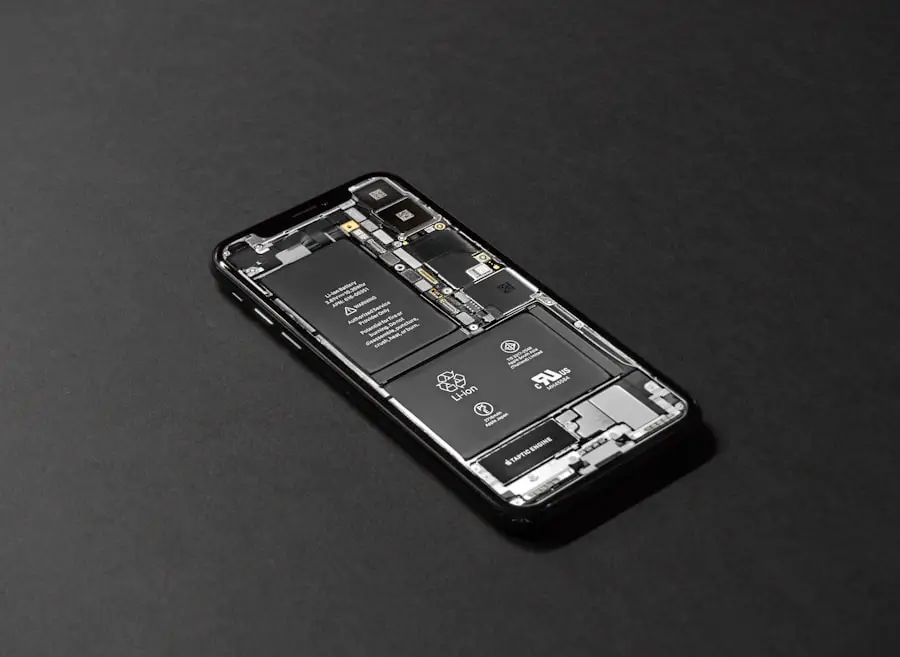
The iPhone 15 series has garnered significant attention not only for its advanced features but also for its battery capacity. The iPhone 15 models come equipped with batteries that vary in capacity depending on the specific model. For instance, the standard iPhone 15 features a battery with a capacity of approximately 3279 mAh, while the iPhone 15 Pro offers a slightly larger capacity at around 3200 mAh.
These capacities are designed to support the enhanced performance of the devices while ensuring that users can enjoy extended usage without frequent recharging. Apple has made strides in optimizing battery performance through software enhancements and energy-efficient hardware components. The integration of advanced processors and display technologies allows the iPhone 15 to manage power consumption effectively, making the most out of its mAh rating.
Users can expect improved battery life compared to previous models, even with similar or slightly lower mAh ratings. This optimization means that while the iPhone 15 may not have the highest battery capacity on the market, its efficiency allows for prolonged usage that meets the demands of modern smartphone users.
Choosing the Right Power Bank: Matching mAh to Your iPhone 15
| iPhone 15 Model | Battery Capacity (mAh) |
|---|---|
| iPhone 15 Mini | 2400 mAh |
| iPhone 15 | 2800 mAh |
| iPhone 15 Pro | 3200 mAh |
| iPhone 15 Pro Max | 3600 mAh |
When selecting a power bank for your iPhone 15, it is essential to match its mAh rating with your charging needs. A power bank with a higher capacity than your device’s battery will allow for multiple charges throughout the day. For example, if you have an iPhone 15 with a 3279 mAh battery, opting for a power bank with at least 10,000 mAh would provide ample power for several recharges while also accommodating any additional devices you may need to charge.
Moreover, consider the output current of the power bank as well. A power bank that supports fast charging will significantly reduce the time it takes to recharge your iPhone 15. Many modern power banks come equipped with multiple output ports and varying output currents, allowing users to charge multiple devices simultaneously.
When choosing a power bank, look for one that offers at least 2A output for optimal charging speed. This ensures that your iPhone 15 charges efficiently without compromising on safety or performance.
Fast Charging vs Regular Charging: How Does mAh Play a Role?
The distinction between fast charging and regular charging is crucial when discussing mAh and overall battery health. Fast charging technology allows devices to draw more current than standard charging methods, which can significantly reduce charging time. However, this increased current draw can also impact the longevity of the battery over time if not managed properly.
For instance, while fast charging may be convenient for quickly topping up your iPhone 15 before heading out, frequent use of this method can lead to increased heat generation and potential wear on the battery cells. Understanding how mAh plays into this equation is essential for users who want to maintain their device’s battery health. When using fast charging, it’s important to ensure that your power bank or charger is compatible with your device’s specifications.
The iPhone 15 supports fast charging up to 20W, which means it can charge from 0% to about 50% in approximately 30 minutes under optimal conditions. However, if you’re using a charger with insufficient output or an incompatible cable, you may not achieve these results. Regular charging methods may take longer but are generally gentler on the battery, allowing for a more gradual increase in charge without excessive heat buildup.
Tips for Maximizing Battery Life: Making the Most of Your mAh
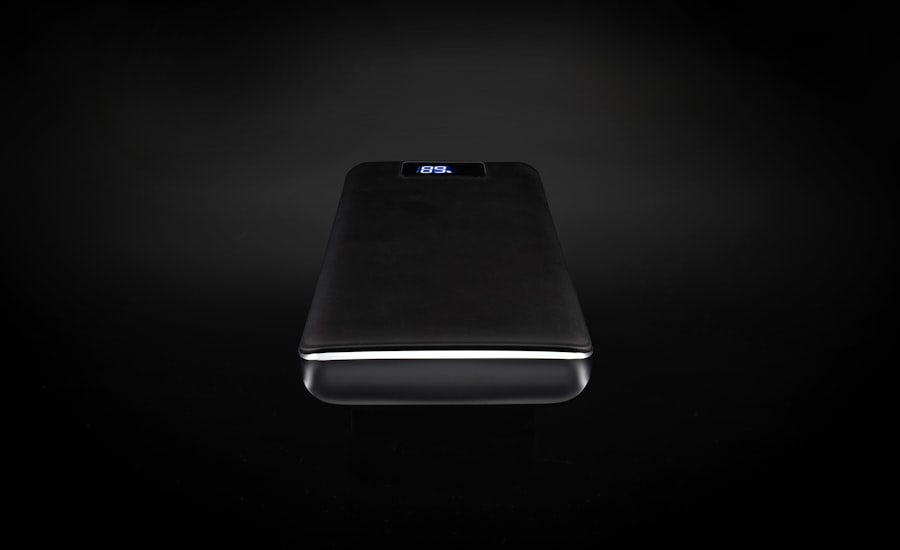
To get the most out of your iPhone 15’s battery capacity measured in mAh, there are several strategies you can employ to maximize battery life. One effective method is to adjust your screen brightness settings; keeping your display at a lower brightness level can significantly reduce power consumption. Additionally, enabling features like Auto-Brightness allows your device to adjust brightness based on ambient light conditions automatically.
Another important aspect is managing background app activity. Many applications continue to run processes in the background even when not actively in use, draining battery life unnecessarily. By navigating to your settings and reviewing which apps are allowed to refresh in the background, you can disable this feature for less critical applications.
Furthermore, utilizing Low Power Mode when your battery is running low can help extend usage time by limiting background activity and reducing visual effects.
Future of iPhone Charging: What to Expect in Terms of mAh
As technology continues to evolve, so too does the landscape of smartphone charging solutions and battery capacities. The future of iPhone charging is likely to see advancements in both battery technology and charging methods that could significantly alter how we think about mAh ratings. Innovations such as solid-state batteries promise higher energy densities compared to traditional lithium-ion batteries, potentially allowing for smaller batteries with greater capacities.
Moreover, developments in wireless charging technology are also on the horizon. While current wireless charging solutions offer convenience, they often do not match the efficiency of wired fast charging methods. Future iterations may improve this efficiency while maintaining or even increasing mAh ratings through better energy transfer methods.
Additionally, as Apple continues to refine its software algorithms for power management, users can expect even longer-lasting batteries that make better use of available energy.
Finding the Perfect Balance of mAh for Your iPhone 15
In navigating the world of smartphone batteries and charging solutions, understanding mAh is essential for optimizing your experience with devices like the iPhone 15. By calculating your specific charging needs and selecting appropriate accessories such as power banks that match these requirements, you can ensure that you have sufficient power throughout your day. Moreover, being mindful of how you charge your device—whether through fast or regular methods—can significantly impact both immediate performance and long-term battery health.
As technology progresses and new innovations emerge in battery design and charging capabilities, staying informed will empower users to make choices that enhance their device’s longevity and efficiency. Ultimately, finding the right balance of mAh tailored to your lifestyle will lead to a more satisfying experience with your iPhone 15 and its capabilities.
If you are curious about how many mAh it takes to charge an iPhone 15, you may want to check out the article on getiphoneinfo.com. This website provides detailed information on the latest iPhone models and their charging specifications. It is a great resource for anyone looking to learn more about their iPhone’s battery capacity and charging requirements.
FAQs
What is mAh and how does it relate to charging an iPhone 15?
mAh stands for milliampere-hour, which is a unit of electric charge. It measures the amount of energy that can be stored in a battery. When it comes to charging an iPhone 15, the mAh rating of a charger indicates how much charge it can deliver to the phone.
How many mAh does the iPhone 15 battery have?
The exact mAh rating of the iPhone 15 battery has not been officially released as of now. However, it is expected to have a higher mAh rating compared to previous iPhone models to support new features and improved performance.
What mAh rating charger should I use to charge my iPhone 15?
It is recommended to use a charger with a mAh rating that is compatible with the iPhone 15’s battery capacity. While the exact mAh rating of the iPhone 15 battery is not known, it is advisable to use a charger with a higher mAh rating to ensure faster and more efficient charging.
Can using a charger with higher mAh rating damage the iPhone 15?
Using a charger with a higher mAh rating than the iPhone 15’s battery capacity will not damage the phone. The iPhone 15 will only draw the amount of charge it needs, so using a higher mAh rating charger will not harm the device.
